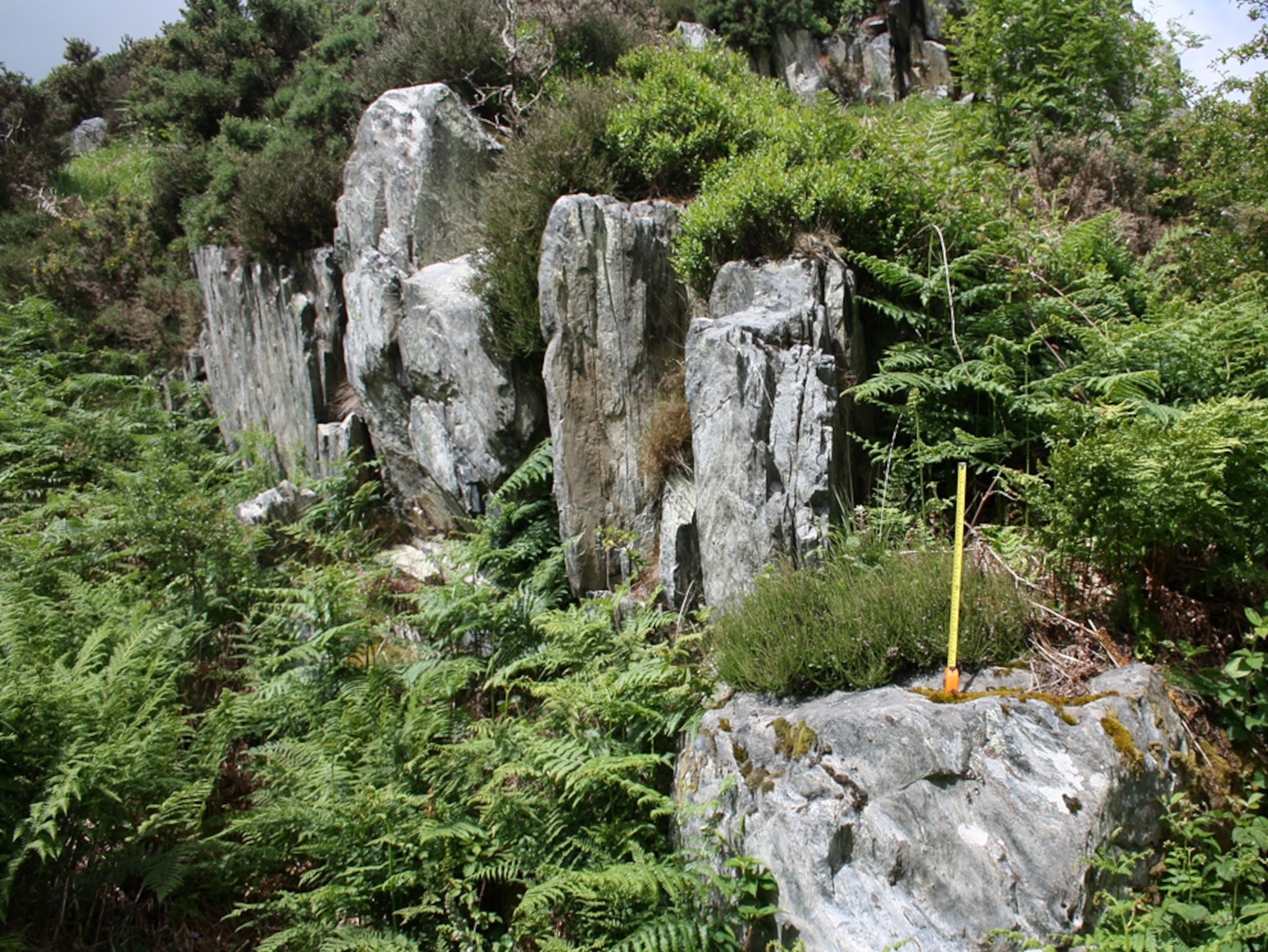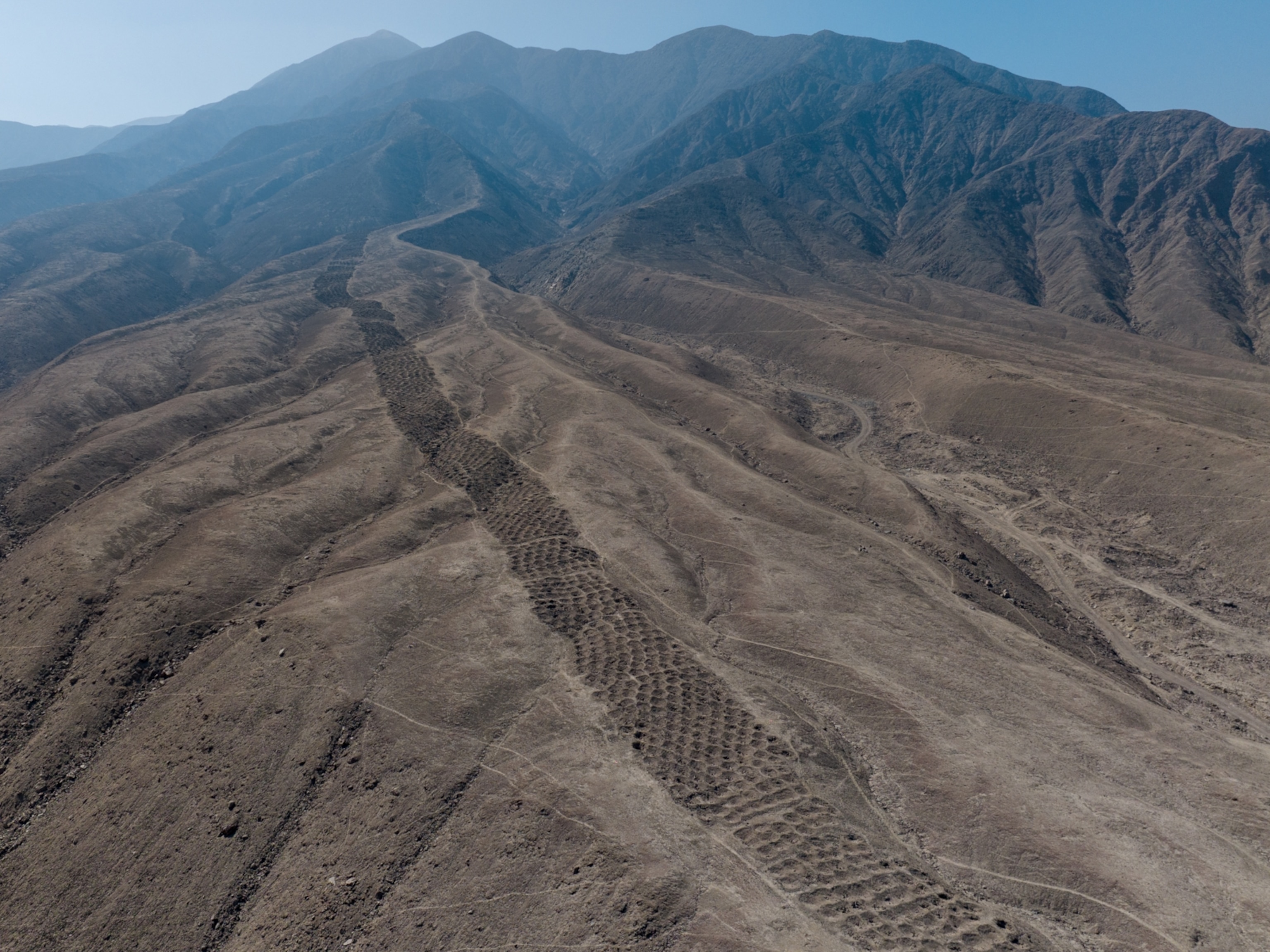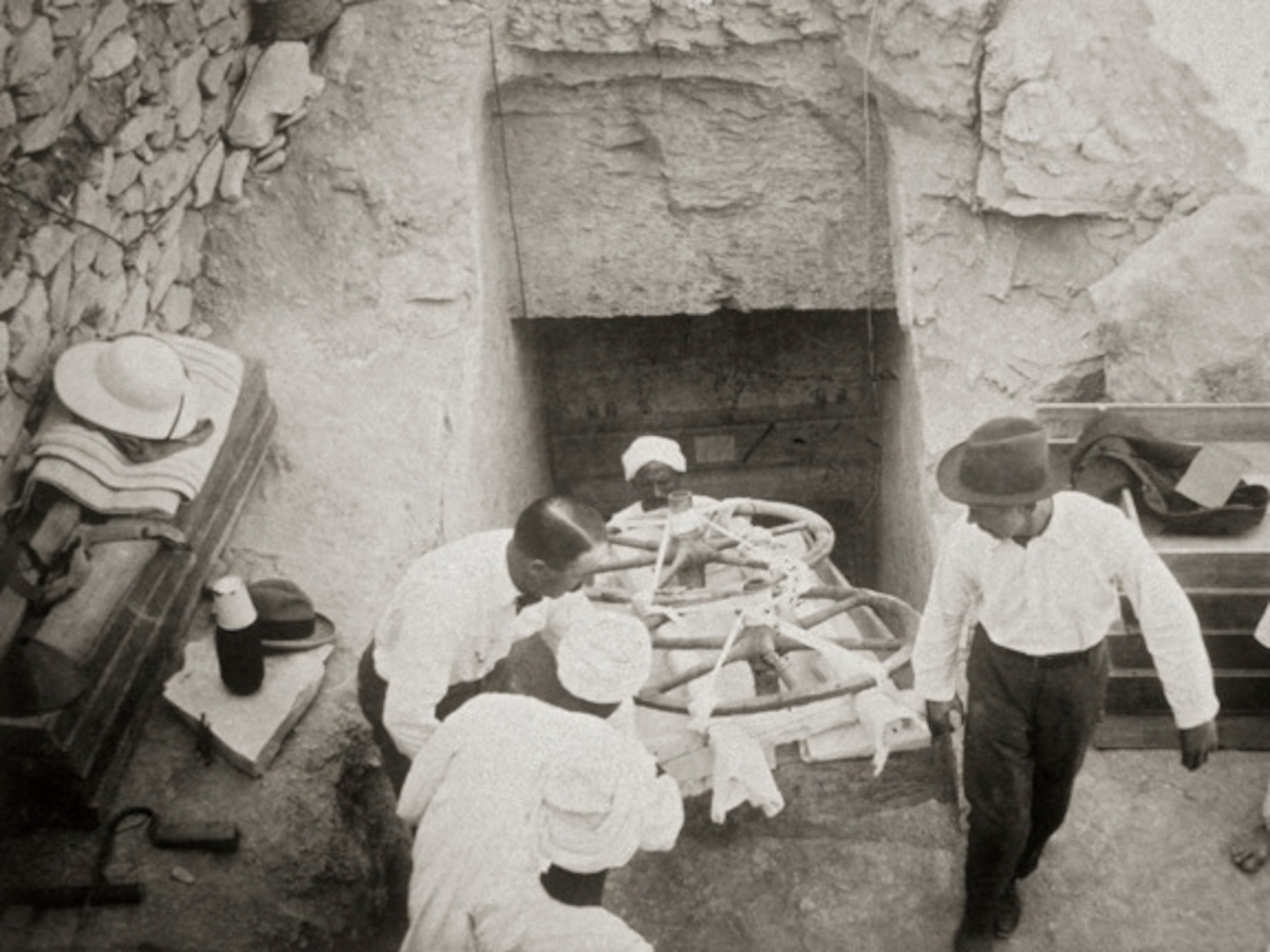
It's Official: Stonehenge Stones Were Moved 160 Miles
Ancient bluestones match outcrop near Wales sheep farm, experts say.
Some of the volcanic bluestones in the inner ring of Stonehenge officially match an outcrop in Wales that's 160 miles (257 kilometers) from the world-famous site, geologists announced this week. (See Wales pictures.)
The discovery leaves two big ideas standing about how the massive pieces of the monument arrived at Salisbury Plain: entirely by human hand, or partly by glacier.
As it looks today, 5,000-year-old Stonehenge has an outer ring of 20- to 30-ton sandstone blocks and an inner ring and horseshoe of 3- to 5-ton volcanic bluestone blocks. (See Stonehenge pictures.)
The monument's larger outer blocks, called the Sarsen stones, were likely quarried some 20 to 30 miles (32 to 48 kilometers) away in what's now England, where sandstone is a common material.
The origin of the bluestones, however, has weighed heavy on the hearts of archaeologists. Rocks resembling the material under a microscope haven't been found anywhere relatively near Stonehenge—at least until now.
Pinpointing the stones' origins is crucial to understanding how so many heavy hunks of rock made their way to the open plain where Stonehenge now stands.
(Also see "Stonehenge Built With Balls?")
"There's no way of explaining how these stones were transported without knowing where they came from," said study co-author Robert Ixer of the University of Leicester in the U.K.
Stonehenge Source Near Sheep Farm
For about two decades, Ixer and study co-author Richard Bevins, of the National Museum of Wales, have searched for the origins of the bluestones in outcrops around Wales.
As late as two years ago, the pair thought the blocks couldn't have come from the country—no samples from Welsh outcrops matched the Stonehenge blocks. (Take a Stonehenge quiz.)
But not all of the samples collected over 20 years had yet been prepared for examination under a microscope. To be absolutely certain, the geologists began slicing up their remaining rocks.
The very first one—a chunk of rock collected in Wales 20 years ago—was a perfect match to the Stonehenge bluestones. The geologists spent the next two years checking a piece of Stonehenge bluestone against other outcrops around Wales.
"We sampled extensively and did not find anything that came anywhere close," Ixer said.
(Related: "Stonehenge 'Hedge' Found, Shielded Secret Rituals?")
The rocky outcrop fingered by the duo's analysis is called Craig Rhos-y-Felin, which is now located on private land near a sheep farm.
The site is a long, bush-covered set of crags the size of four double-decker buses.
Next Step: Search for Tool Marks
The new find leaves two prominent theories for how the Welsh rocks got to Salisbury.
Humans could have quarried the site and dragged the blocks on wooden rafts. Or a giant glacier may have chiseled off the blocks and ferried them about a hundred miles (160 kilometers) toward Stonehenge, with humans dragging them the rest of the way.
If humans did the digging, archaeologists might detect marks left by tools or some other evidence. But if signs of human quarrying are lacking, the glacier idea might gain the upper hand.
"If we could find a quarry site," Ixer said, "we could tell if mankind was involved" in carving out the blocks.
(Related "Stonehenge Had Neighboring, Wooden Twin—More to Come?")
But settling the issue, Ixer says, isn't up to geologists such as himself: "I have never betted in my life" and will not start now, he said.
"We need archaeologists. If they can show the rocks were quarried, that would suggest those rocks were transported by man."
The origin of the Stonehenge bluestones is described in an upcoming paper in the journal Archaeology in Wales.



